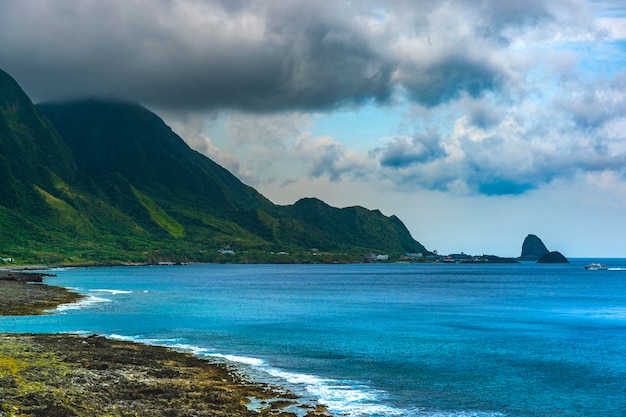
Thinking about heading to the Azores and curious about the best spots to visit? The Azores is a stunning group of volcanic islands in the mid-Atlantic, one of Portugal’s two autonomous regions along with Madeira. Known for its natural beauty, the Azores are a paradise for outdoor enthusiasts and hikers.
The islands offer various hiking trails, incredible landscapes, and active volcanic sites. The clear waters and rich marine life make the Azores a top European destination for diving, and it’s an excellent place for whale and dolphin watching too.
So, ready to explore the Azores? Here’s a guide to some of the best places to visit.
Ponta Delgada, the economic capital and busiest town on São Miguel (the largest and most diverse island), is a charming town rich in culture and history. It features beautiful baroque and gothic architecture along with splendid palaces. The town’s historic buildings are complemented by modern-day art, notably urban graffiti. With its narrow streets and cozy restaurants, Ponta Delgada is popular among vacationers who seek a peaceful retreat. Despite being the island’s busiest town, it remains surprisingly tranquil due to the relatively low number of tourists. Don’t miss the enchanting José do Canto Garden, celebrated for its natural diversity. Ponta Delgada is an excellent base for exploring the island’s volcanoes and crater lakes.
Sete Cidades on São Miguel is famous for its lakes nestled in volcanic craters. The most iconic of these is the Sete Cidades lake, one of Portugal’s 7 Natural Wonders and one of the Azores’ most popular tourist spots. The area provides some of the best viewpoints and hiking trails, like the Lagoa do Canário trek, which circles the vast Sete Cidades crater and ends up in the town of Sete Cidades.
On Faial Island, Capelinhos is a volcano located on the western coast. The area is part of a black volcanic desert in Ponta dos Capelinhos. Climb the Farol dos Capelinhos, an abandoned lighthouse that survived the volcanic eruptions and earthquakes of 1957 and 1958. These natural events added roughly 2.5 square kilometers to the island. The walk on the volcanic ashes will reveal a grey, lunar-like landscape.
Faial’s Caldeira is a massive volcanic crater, 1.5 kilometers wide and 400 meters deep, and one of the largest in the Azores. The crater belongs to an extinct volcano from which the island originated. Caldeira is a nature reserve and one of the island’s major natural attractions. A scenic hiking path encircles the crater rim but should only be attempted in good weather. Additionally, the Ten Volcanoes hike starts at the Caldeira Viewpoint, traversing ten of the main volcanoes that formed the Capelo Peninsula.
Mount Pico, rising 2,351 meters above sea level, is Portugal’s highest peak. This stratovolcano features a pit crater called Pico Alto at its summit, about 500 meters in diameter and 30 meters deep. Part of the Madalena Volcanic Complex, Mount Pico is a favorite among hikers and outdoor enthusiasts. Hiking up Mount Pico is highly recommended, ideally with a guide or as part of an organized group.
Lagoa do Fogo, translating to Lagoon of Fire, is a breathtaking crater lake at the bottom of an ancient volcanic crater in the Agua de Pau Massif stratovolcano, and one of the top places to visit in the Azores. It’s the highest lake on São Miguel and one of the largest bodies of water in the Azores, also recognized as one of Portugal’s 7 Natural Wonders. The surrounding area is lush with endemic vegetation and birdlife. To get the best views of the vivid blue lake, head to Pica do Borossa.
Algar do Carvão is an ancient volcanic chimney on Terceira, the third largest island in the Azores. The chimney descends 100 meters below the surface, expanding into a cave and lake system. Over 2000 years of geological and biochemical activities have formed beautiful stalactites, stalagmites, and endemic cave fauna within this cave system.
Whale and dolphin watching is among the top activities to enjoy in the Azores, best experienced from early April to late June.